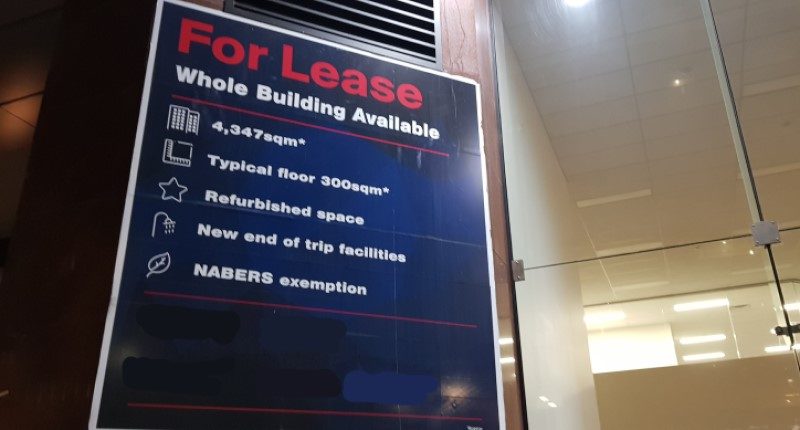- Five new trends could define WA's retail resurgence post-pandemic
- Experiences are key to shopping, no longer just the product
- Online sales at all time highs, but WA residents warming to brick and mortar
Online shopping has become essential for Australians during the pandemic, the latest ABS figures show an almost $1.5B jump in internet interest when the pandemic hit.
It has been a steady rise since records began in 2013, with the obvious jump come COVID.
Figures did drop marginally (1.6% month-on-month) in September when restrictions began to lift across the country, online food sales also making a predictable rise, recently reported as $2.3B, up from $1.3B in January 2020.

It has been widely reported that brick and mortar is potentially seeing the tides, perhaps not turn, be return in their favour lately.
With restrictions easing and the vaccine roll-out underway, there is confidence in the market but will it be a return to the pre-pandemic way of retail therapy we once knew?
The Property Council of Australia recently noted Western Australia was bucking the retail spending trends, bricks and mortar part of a 16% rise in the year to November 2020.
No doubt the pandemic will have its effects on retail, but there are and has been significant, noticeable changes to the way we shop.
The Property Council said the top five trends on WA’s retail radar include:
- Experience focussed shopping,
- Non-permanent pandemic pivots,
- Technology-driven changes,
- Flexibility, and
- New commercial real estate environments.
Retail therapy for all
An experiential shift for bricks and mortar stores has been on the cards for some time now, many Western Australians seeing changes to their favourite department stores, from disappearing floor space to new skincare and cosmetics concessions spruiking the latest products in more ‘hands on’ ways.
Few people enjoy shopping online too, The Property Council reported a measly 15% of consumers ‘clicked’ with the digital dance for their dose of retail therapy.

Impermanence in pandemic pivots
Themes and variations on click and collect are something many have become accustomed to, the latest Instagram and Snapchat filters also part of a wider attempt at using augmented reality to both promote and try on new clothes.
It’s anyone’s guess what will stay around for the years to come, but there’s a scent of ‘Jetsons, here we come’.
Tango with tech
Contactless has been with us for some time, all the major banks pitching their ideas for some years now – rings, wristbands, and of course paying with our phones and watches.
Technology will be a core focus, a CBRE survey ranking in-store automation to be the biggest change, 71% of respondents expecting it to change the way retail works.

Flexibility for fun and games
The Property Council reported flexibility is key to experiences, with customers expecting everything from “cooking lessons to cocktail parties”.
Westfield has already made one shift in strategies, its stores rolling-out co-working spaces, The Property Tribune also recently reported Brisbane could see car sales and retail come together in a melange of new experiences.

Kindness begets kindness
The Perth CBD has seen occupancies tank, and it is not just because of the pandemic.
A long-standing issue which the City of Perth council has attempted to address with free 3-hour parking on weekends, office occupancies are only at 77% as of December 2020. down from 82%, as reported by The Property Council, Western Australians’ all too familiar with being greeted by empty shops on the walk down Murray or Hay Street malls.
The Property Council said “Retail will play a central role in breathing life
back into Perth’s CBD post-pandemic, and the Perth City Deal could be the biggest
boost for business.”
Suffice to say, being kind to businesses will see literal returns in people along Perth’s shopping strips.









